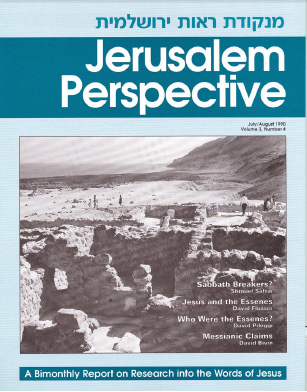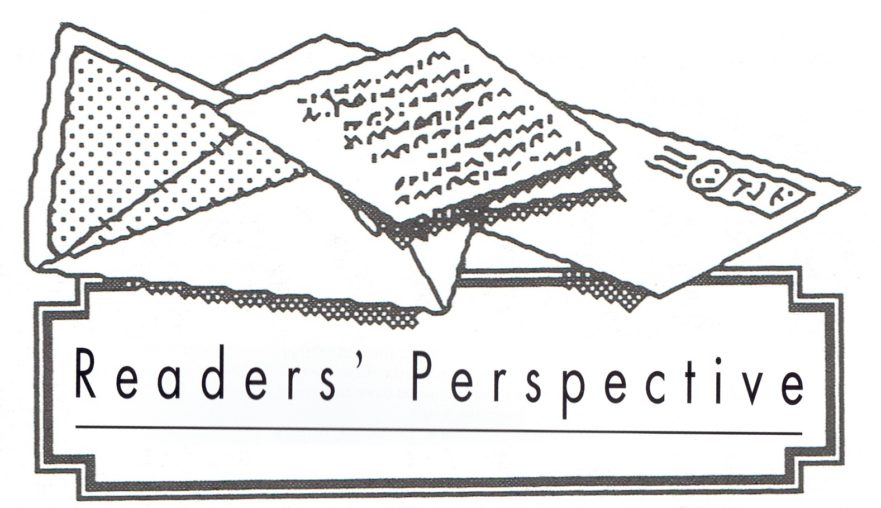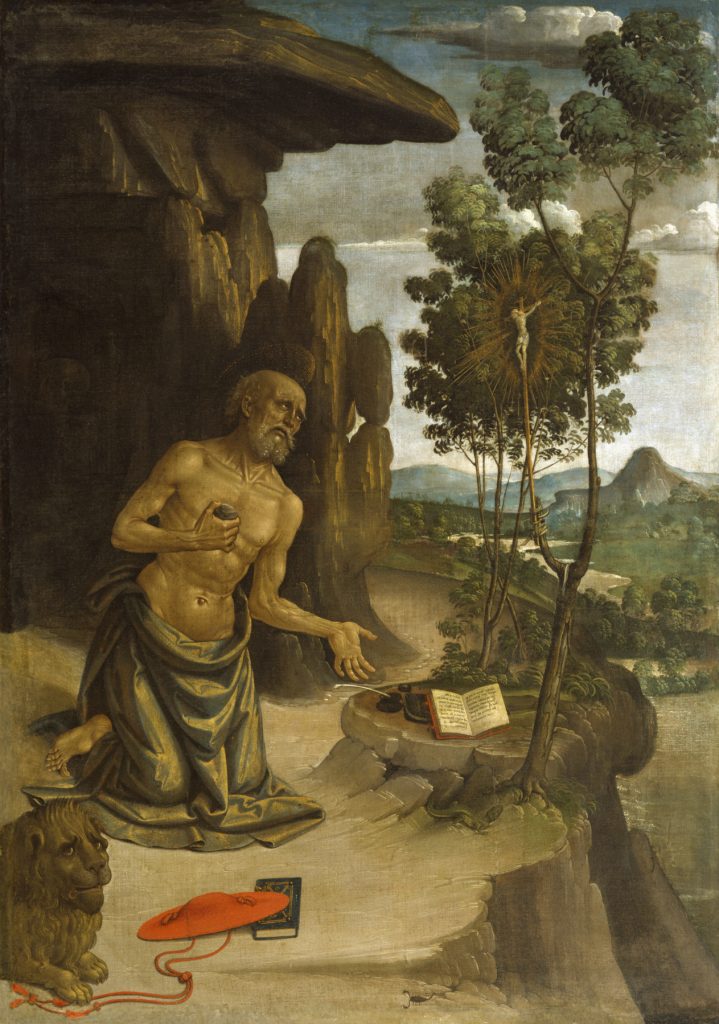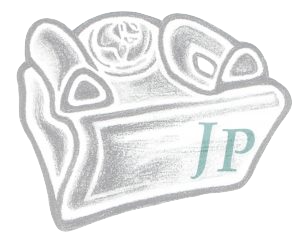Question received from a reader in Pensacola, Florida, U.S.A. that was published in the “Readers’ Perspective” column of Jerusalem Perspective 27 (Jul.-Aug. 1990): 2.
I remember reading a quotation from Jerome, translator of the Latin Vulgate, who said there was a copy of Matthew’s Gospel in Hebrew in the library in Caesarea in his day. If this was true, it seems that you may be pursuing a good goal in restoring the text of the Gospels.
Ray Pritz responds:
Not only did Jerome (374-420 A.D.) claim to have seen a Hebrew gospel, he said he had translated it and on several occasions he quoted from it (On Famous Men 2 & 3). However, Jerome did not say this was Matthew, but rather “the gospel in Hebrew letters which the Nazarenes use” (Against Pelagius III, 2), or “the gospel according to the Hebrews.” A much earlier writer, Papias, who was a disciple of John the apostle, stated that Matthew recorded the sayings of Jesus in Hebrew and everyone translated them as best he could (Eusebius, Ecclesiastical History III, 39, 16).[1] It is unlikely that the book to which Papias refers is the canonical Gospel of Matthew. It is quite possible, however, that Papias’ “Matthew” is the same as Jerome’s Hebrew gospel.
“The gospel according to the Hebrews” definitely existed and may even have been called “Matthew” by some of its users, but it is a difficult document to pin down. Various writers in the early church quoted short passages from it, and scholars have identified over fifty such fragments. We do not know exactly when this gospel was written, but neither do we know exactly when any of the four canonical Gospels were written. Papias’ testimony suggests that the Hebrew gospel was written quite early, and was likely one of the first attempts to record the events of Jesus’ ministry. It may have been one of the documents referred to in the opening verses of Luke.
The gospel according to the Hebrews probably included large amounts of material which was parallel to the canonical Gospels. The church fathers who quote from it do not cite these parallels, but mention only those passages which differ from the four evangelists. Jerome quotes passages from this Hebrew gospel in the following examples, in the first of which, attributed to Jesus, he adds a comment:
“A moment ago my mother, the Holy Spirit, took me up.” No one should be scandalized by this, since in Hebrew spirit is in the feminine gender, while in our language [Latin] it is masculine and in Greek it is neuter. There is no gender in the godhead. (Commentary on Isaiah, on 40:9)
In the gospel according to the Hebrews…among the most grievous offences is this: “He who has grieved the spirit of his brother.” (Commentary on Ezekiel, on 18:7)
The Lord says to his disciples: “Do not rejoice except when you look on your brother with love.” (Commentary on Ephesians, on 5:4)
The approach of quoting only the unique passages can give the impression that the Hebrew gospel was a rather strange book, but we must be careful not to jump to conclusions. This same exercise could be carried out using any of the four canonical Gospels: pick out forty or fifty verses which are not found in the others and imagine that those verses constitute all we know about that Gospel. We could end up with a distorted picture.
The main point here is that the Gospel events were recorded in Hebrew at a very early period, and the attempt to get back to the very words which Jesus spoke is indeed a “good goal.”

- [1] In the Loeb Apostolic Fathers I, p. 166, this statement is cited as Historia Ecclesiastica iii. 36. ↩







































































Comments 2
Professor David Flusser expressed his view on the date and authorship of the “Gospel according to the Hebrews” (or as he called it, “the Gospel of the Nazareans”) in an article entitled “‘They Know Not What They Do’: The History of a Dominical Saying” (in German), where he wrote:
“If I may hazard a guess, then I would say that the Gospel of the Nazareans was written quite late, in Hebrew letters, in either the Hebrew or Aramaic language (the Hebrew and Aramaic of that period shared the same alphabet). Its author was of Jewish origin and knew the canonical Gospels and embellished the material in a novelistic way. He wrote his work with the intent of carrying out missionary work among the Jews.”
In other words, the Hebrew Gospel Jerome quoted was not a source behind the canonical Gospels, but was based on them.
Hello,
In regards to “Not only did Jerome (374-420 A.D.) claim to have seen a Hebrew gospel, he said he had translated it and on several occasions he quoted from it (On Famous Men 2 & 3). However, Jerome did not say this was Matthew, but rather “the gospel in Hebrew letters which the Nazarenes use” (Against Pelagius III, 2), or “the gospel according to the Hebrews.””
I looked up On Famous Men 2 & 3 according to one translation it renders 3 as: “Matthew, also called Levi, apostle and aforetimes publican, composed a gospel of Christ at first published in Judea in Hebrew for the sake of those of the circumcision who believed, but this was afterwards translated into Greek, though by what author is uncertain.”
Is that inaccurate?